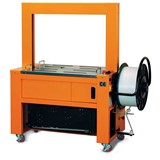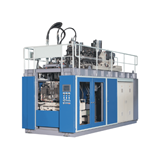This, too, is a simple but inspired application of common sense.
Essentially, 'just in time' manufacturing consists of allowing the entire production process to be regulated by the natural laws of supply and demand.
Customer demand stimulates production of a vehicle. In turn the production of the vehicle stimulates production and delivery of the necessary parts and so on.
The result is that the right parts and materials are manufactured and provided in the exact amount needed - and when and where they are needed.
Under 'just in time' the ultimate arbiter is always the customer. This is because activity in the system only occurs in response to customer orders. Production is 'pulled' by the customer rather than being 'pushed' by the needs or capabilities of the production system itself.
The linkage between customer demand and production is made by analysing takt time, a device for measuring the pace of sales in the market in relation to the capacity of a manufacturing plant. For example, if a plant operates for 920 minutes per day and daily demand is for 400 vehicles, then takt time will be 2.3 minutes.
If takt times are reduced more resources are allocated. Toyota never tries to accommodate changes in demand by making substantial changes in individuals' workloads.
Assigning more members to a line means that each handles a narrower range of work. Assigning fewer means that each handles a broader range. Hence the paramount importance of having a well-trained, flexible and multi-skilled workforce.
Within the plant itself, the mechanism whereby production is regulated in this way is known as the kanban.
A kanban is simply a message. For example, in the assembly shop this message takes the form of a card attached to every component that is removed and returned when the component is used. The return of the kanban to its source stimulates the automatic re-ordering of the component in question.
Paperwork is minimised. Efficiency is maximised. And the members themselves are completely in charge.
Toyota Motor Corporation Australia
More on Kanban coming soon...












